Every April and every Halloween weekend, Whitby in Yorkshire is chock-full of goths. As I seem to be The Spectator’s adopted goth, I was asked if I might like to write about Whitby Goth Weekend (WGW). Goth is a fashion that emphasizes darkness and death: Edgar Allan Poe and Alice Cooper are the best examples. But the only thing to fear from WGW is the horrific train journey. It took six hours to go from King’s Cross to Whitby. Whoever called the TransPennine Express an express needs to explain themselves.
When I finally got to Whitby, I was met by thousands of people in costumes. Even the dogs were taking part. Some were wearing wings covered in silver cobwebs, others had orange witches’ hats. One was dressed as a bat. As for the people, they wore top hats with feathers and goggles, clown suits or costumes of Jack Skellington from The Nightmare Before Christmas. The most impressive outfit was worn by a university lecturer I met. He had a brown leather cowboy suit with cogwheels, pistons and pipes attached, and a mask covering his mouth. It gave him a sinister air. He also had an ammunition belt and what looked like a trumpet-gun attached to it. “This is a blunderbuss made from a trumpet,” he said. “It took seven months to create. It’s all made of scrap.” His look was classic steampunk, which is Victorian-inspired science fiction. “Steam was once the ruler and British engineering was a world leader,” he told me.
Whitby means “white settlement” which is ironic, given the town now hosts a festival of darkness. It is a Victorian fishing town and I only saw one modern building. There were boats everywhere, as well as lots of lobster pots and references to Captain Cook, who learned to sail in Whitby. It was no surprise to find a pirate captain named Barry Snedden who captains the Black Pearl. He runs 25-minute pirate-themed boat trips. “Yesterday, we saw dolphins on three trips,” he said. He was dressed in a lifeboatman’s top and military trousers, a pirate’s bandanna and he wore a tiny anchor around his neck. Behind him, a sign read ‘beatings will continue until morale improves.” Whitby also holds a pirate festival in late summer when the town is overrun with pirates and mermaids. Barry’s favorite pirate is Johnny Depp: “He’s brilliant.”
Bram Stoker used to have regular holidays in Whitby in the 1890s. He stayed at the Royal Hotel on the west cliff and from his hotel window he could see out over the harbor the 199 steps rising up to St. Mary’s church and the abbey on the headland. It was in Whitby that he began to write his novel about Count Dracula. When evening fell, I clambered up these steps. The abbey is a gothic ruin and the roof is gone, but the skeletal buttresses remain. At night, it is bathed in red and green strobe lights. Above everything, a drone filmed the ruins, its red light pulsing in the darkness. The sandstone graveyard was full of goths in top hats and Japanese tourists taking selfies. Whitby is known for its Prince of Darkness Gin, which I was able to try once I returned from the abbey. It is infused with citrus peel and black cherries and aged in a Transylvanian wine cask which gives it a scarlet, blood-like color. I’ve always thought gin is best for removing nail varnish.
I could not go to Whitby without seeing its famous jet. There were jet shops everywhere though the jet museum was closed (on a goth weekend!). This black jewel was popularized by Queen Victoria, who wore jet jewelry when she was mourning Prince Albert. The last jet mine shut in 1920 and you are not allowed to even wrench it out of the cliffs, but if you find a lump on the beach, it’s yours. It goes for £1,000 per kilo. What is incredible is that jet is a fossilized giant monkey puzzle tree from the Jurassic period, which means that Whitby used to be a tropical monkey puzzle forest. Jet looks like a very shiny lump of charcoal. You can tell it used to be a tree.
I decided to have some downtime and contacted the only person I knew in Whitby, a woman called Amy, who is my fiancée’s girlfriend (we are polyamorous). This feisty lass in purple PVC and purple dreadlocks seemed to know everyone. She introduced one of her female friends as: “Oh, I had an orgy and a threesome with her.” Goths have complex social lives.
Jo Hampshire, creator and organizer of the WGW, explained how it all started in 1994, as a pen pal group she had originally advertised in NME magazine. She expected 40 people to meet her in the Elsinore pub in Whitby, but 200 showed up and they had to move into the street. The police then turned up to explain that they weren’t allowed to drink outside. But the landlord, Len McKnight, came to their defense. “Get away from my goths, they aren’t doing anything wrong,” he said. “He became our Whitby champion,” Jo explained. The next year, 500 goths showed up. Jo also runs a goth market in the local leisure center. When we spoke, she wasn’t wearing an elaborate costume or tons of make-up. She kept saying that the weekend wasn’t about her but about the community.
One thing I heard repeatedly from the people of Whitby was how little trouble there was. Dave Goldsmith, a bouncer at the Whitby Way, told me that he loved alternative nights: “There’s no trouble and everyone’s themselves.” Andrew Fairburn, the current landlord at the Elsinore, also spoke fondly of Len McKnight: “This was the first pub in Whitby to let goth people in, it was all down to Len. Lovely fella, he embraced it, it’s a fabulous weekend… People enjoy themselves.” I asked what the goths’ favorite drink is: “Dark rum and coke.”
This article was originally published in The Spectator’s UK magazine. Subscribe to the World edition here.



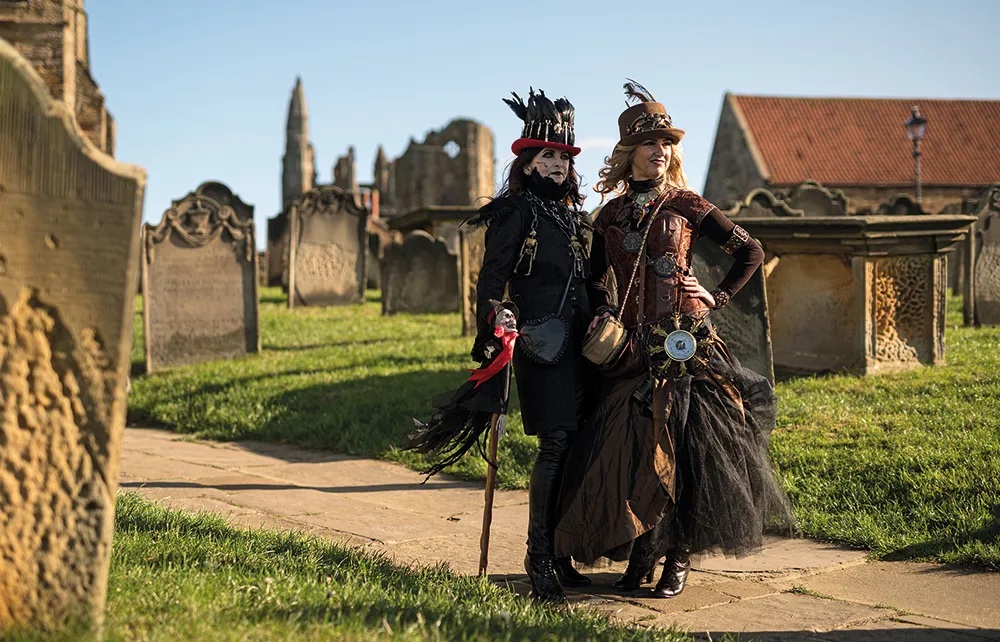









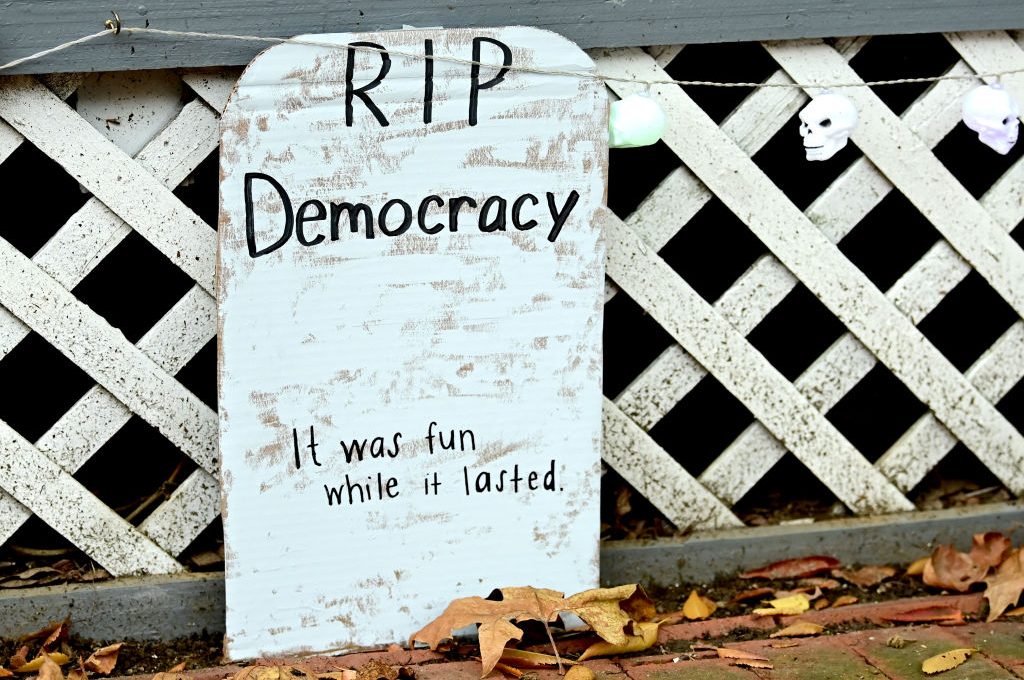

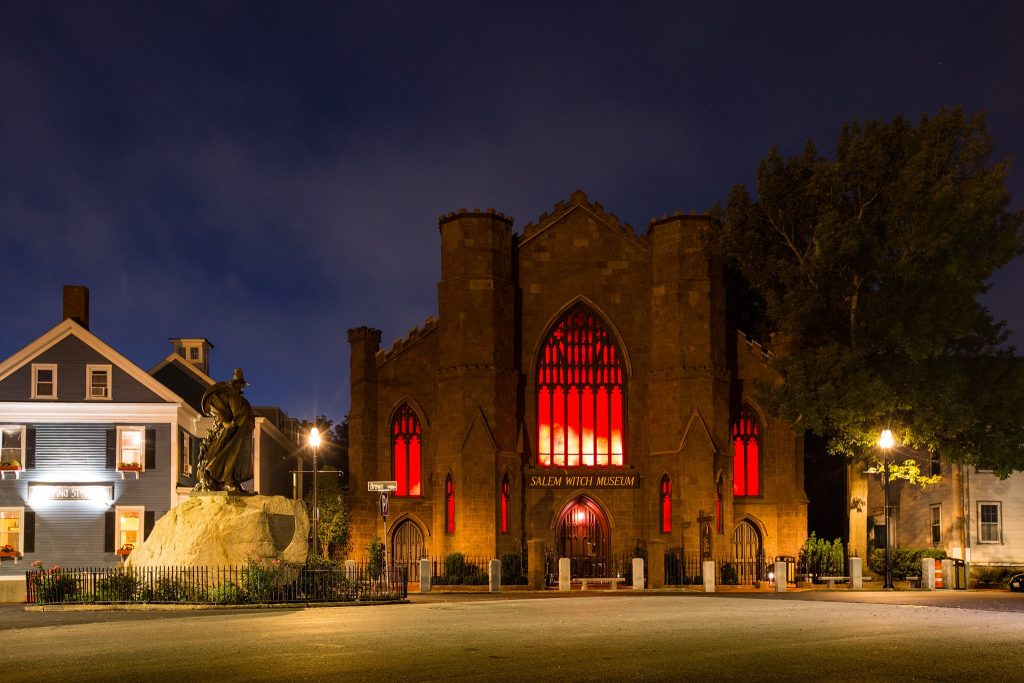
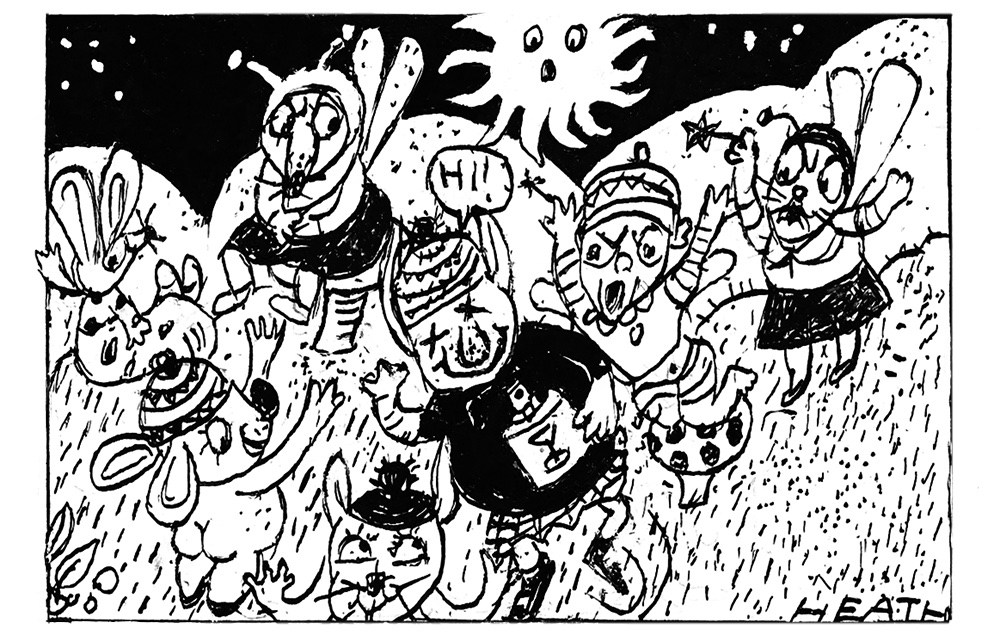

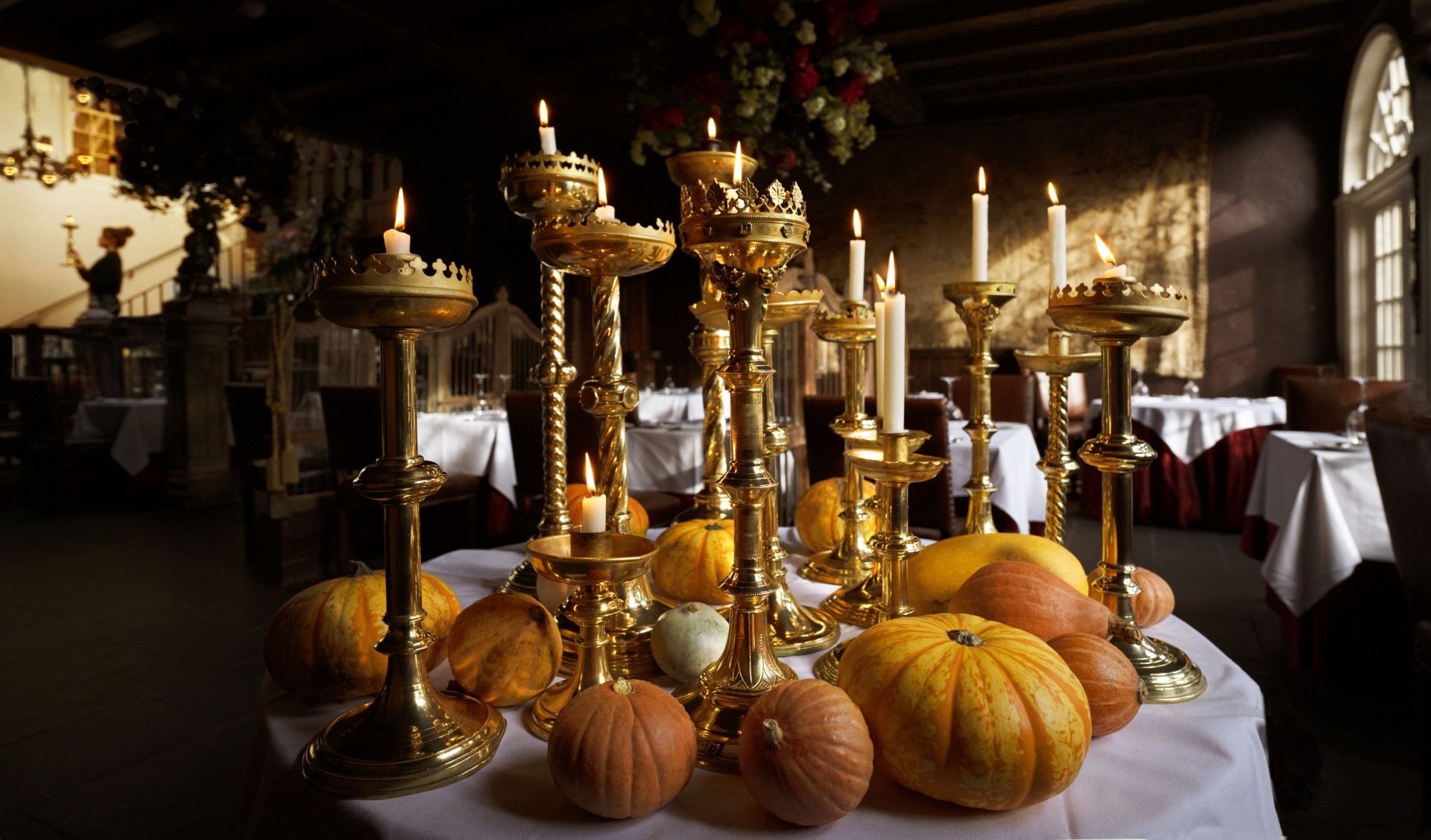







Leave a Reply